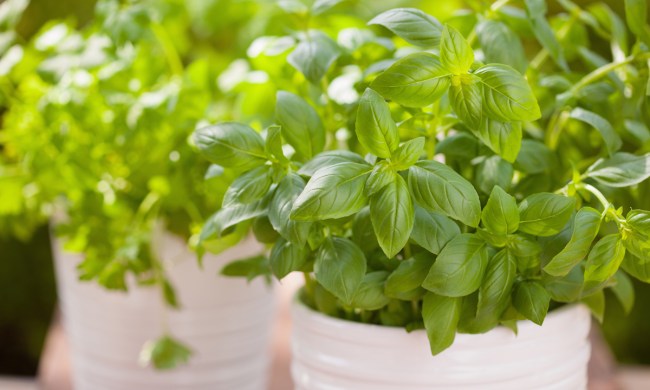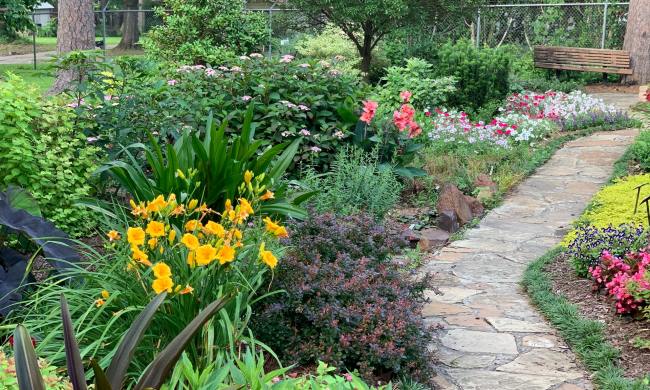Slugs can be a downright nightmare for your plants. As slow as they may seem, they can take a toll on your edible and ornamental plants, so having a thorough game plan for getting rid of them is crucial for your garden’s health. Long gone are the days where you need to resort to table salt to eliminate slugs. Not only is this method cruel and unusual, but it also makes your soil unhealthy. If you’re wondering how to effectively remove slugs from your green paradise, read ahead.
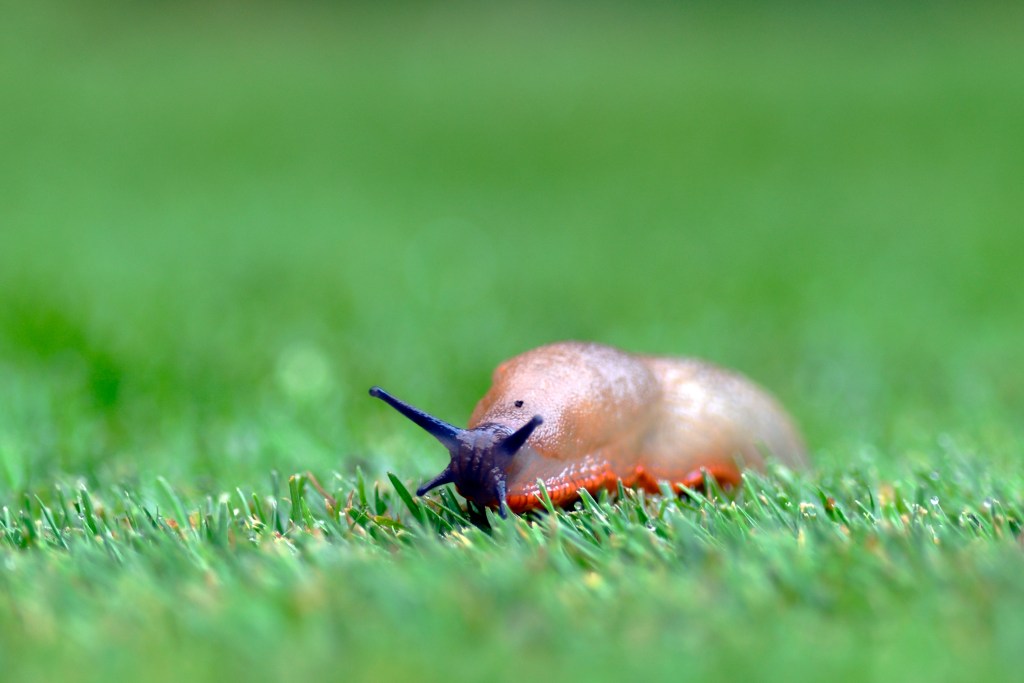
Why slugs are a problem in the garden
Slugs can do a number on your plants, especially seedlings that aren’t established yet. Other than seedlings, they feed on ripe fruit and decaying plants — they especially enjoy lettuce, cabbage, basil, beans, and strawberries. Because of their quaint mouthparts, slugs leave odd-shaped holes in plants, which can damage or kill young crops. To build a garden uninhabitable for slugs, sweep dead leaves, and remove decaying foliage. Avoid overwatering your soil or using mulch with large chunks that provide slugs with hiding spots. Also, take care to use well-draining soil and keep plants in the shade dry.
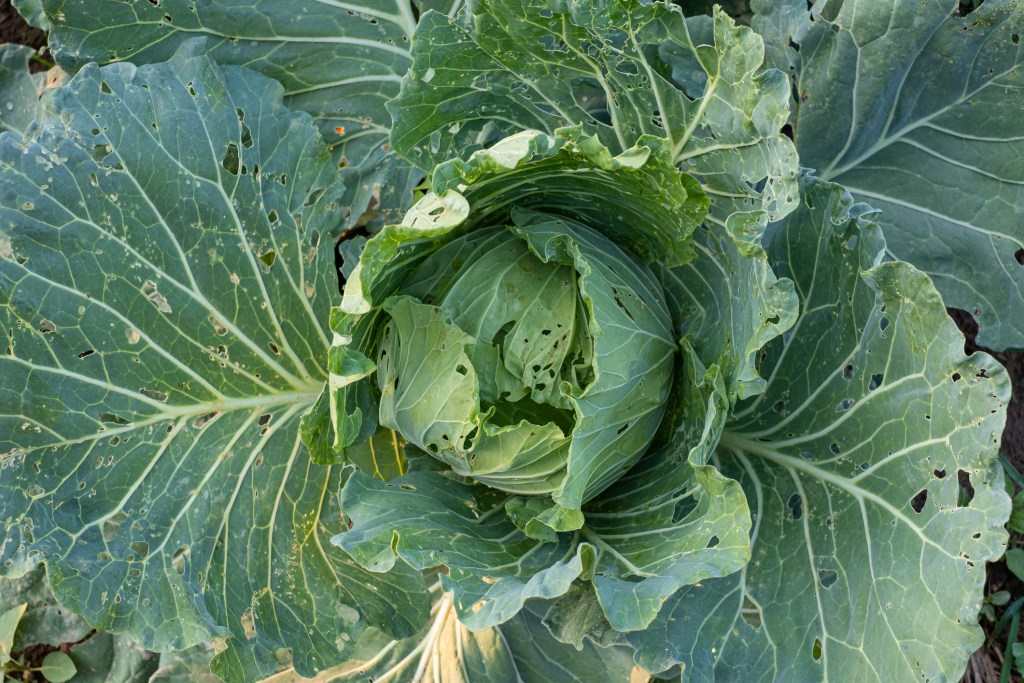
How to tell if your plants have slugs
What slugs look like
So, how do you identify slugs? Slugs are like snails, except they don’t have a hard outer shell. They’re usually about one to three inches long and come in gray or orange colors. They have a pair of feelers that carry their eyes and a lower pair that helps them smell. Slugs like to hide, and their favorite spots are dark, damp spaces; they come out more often in humid conditions or after rainfall during the colder months between fall and spring.
When slugs attack your plants, they leave a slimy secretion, so that may be a telltale sign that they’re in your space. Again, they produce odd-shaped holes on older leaves. Seedlings might not have it as easy, though; if you have a severe slug infestation, you may only find stalks and stems left on younger plants.
Where to find slugs
Check underneath leaf piles, flowerpots, and rocks to see if you’ve got slugs hanging around your space. They often lay their eggs in moist soil or compost, so inspect those areas as well. The pesky thing about slugs is that they don’t really come out during the daytime; they typically feed at night when it’s damp and dark, so you may need to be patient with tracking them down.
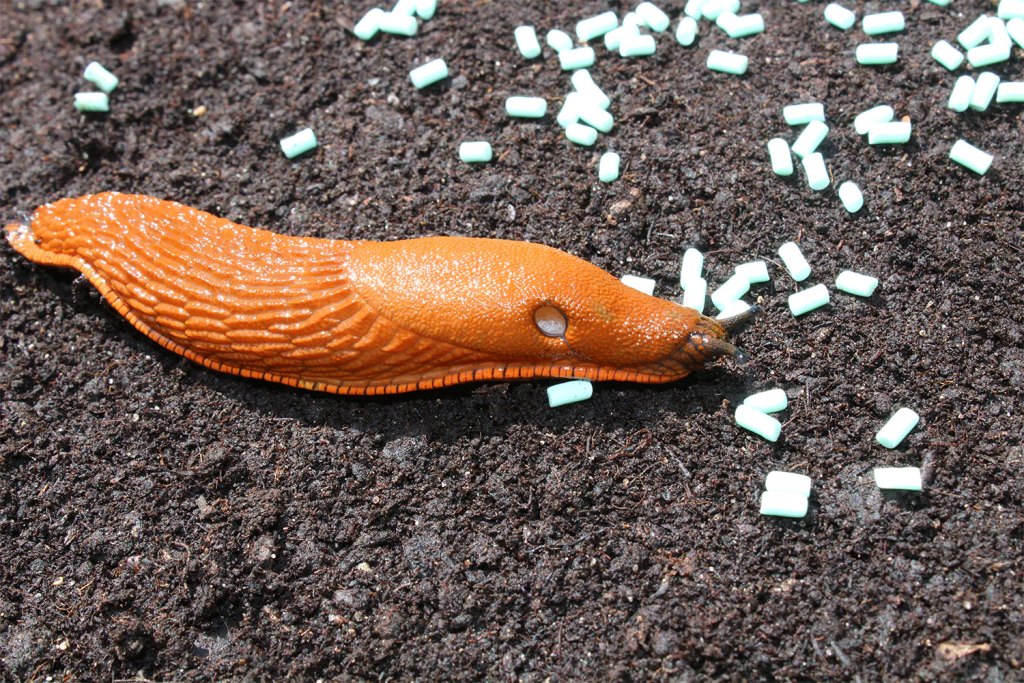
How to get rid of slugs in the garden
If you want to avoid harsh chemicals in your garden, you have plenty of natural options that won’t hurt you, your family, your pets, or the beneficial wildlife in your area. Here are a few things you can do to remove slugs once and for all.
- Lure slugs and release them. You can’t eliminate slugs until you find them. To find slugs, dig small four-inch wide by six-inch deep holes and cover them with boards. After a few days, check for slug activity. You can simply collect the slugs and place them elsewhere if you don’t want to kill them. You could also stick a cup of beer into a hole and let the slugs drink… this will inevitably kill them, however.
- Sprinkle the ground with things they hate. Irksome as they may be, slugs are sensitive, so there’s a fair amount of kitchen waste and garden items that could repel them. Their slimy bodies, for example, do not like cracked eggshells, gravel, wood ashes, or rough sand. You can sprinkle these things around your plants to repel slugs.
- Slug-repellent plants. Slugs notoriously dislike strong fragrances. Growing plants with intense smells won’t necessarily eliminate an infestation, but it is a preventative measure to keep them from coming back. Slugs hate the scents of plants such as lavender, rosemary, and sage, so you could grow these as companion plants if they suit your specific crops.
- Wrap your plants with copper. Copper can harm slugs by creating a reaction similar to an electric shock. Deter slugs by wrapping stalks with copper tape or creating a barrier with copper wrapping.
- Opt for organic pellets. You’ll find brands out there that produce organic pellets (as in, they’re OMRI-listed so that they can be used for organic gardening). Instead of being powered by a potentially toxic substance like metaldehyde, Sluggo, for example, carries pellets made from spinosad and iron phosphate to kill slugs. With pellets, simply sprinkle a thin layer around impacted plants. Depending on which bait you get, check if it’s pet and wildlife-safe.
Slugs can be headache-inducing, especially when they nibble holes in tender leaves or, in the worst-case scenario, consume all of the leaves on young seedlings. But you don’t need to get rid of them by doling out salt. Start by simply making your garden uninhabitable for slugs: Use well-draining soil and cut back on watering. Don’t use large pieces of wood mulch where they can easily hide, either. If you do find slugs, you can also use these very same substances to bait them and release them elsewhere. You could also try growing deterrents such as lavender and rosemary or opting for organic pellets. Pesky as slugs can be, you have a range of options to remove them from your garden for good.


